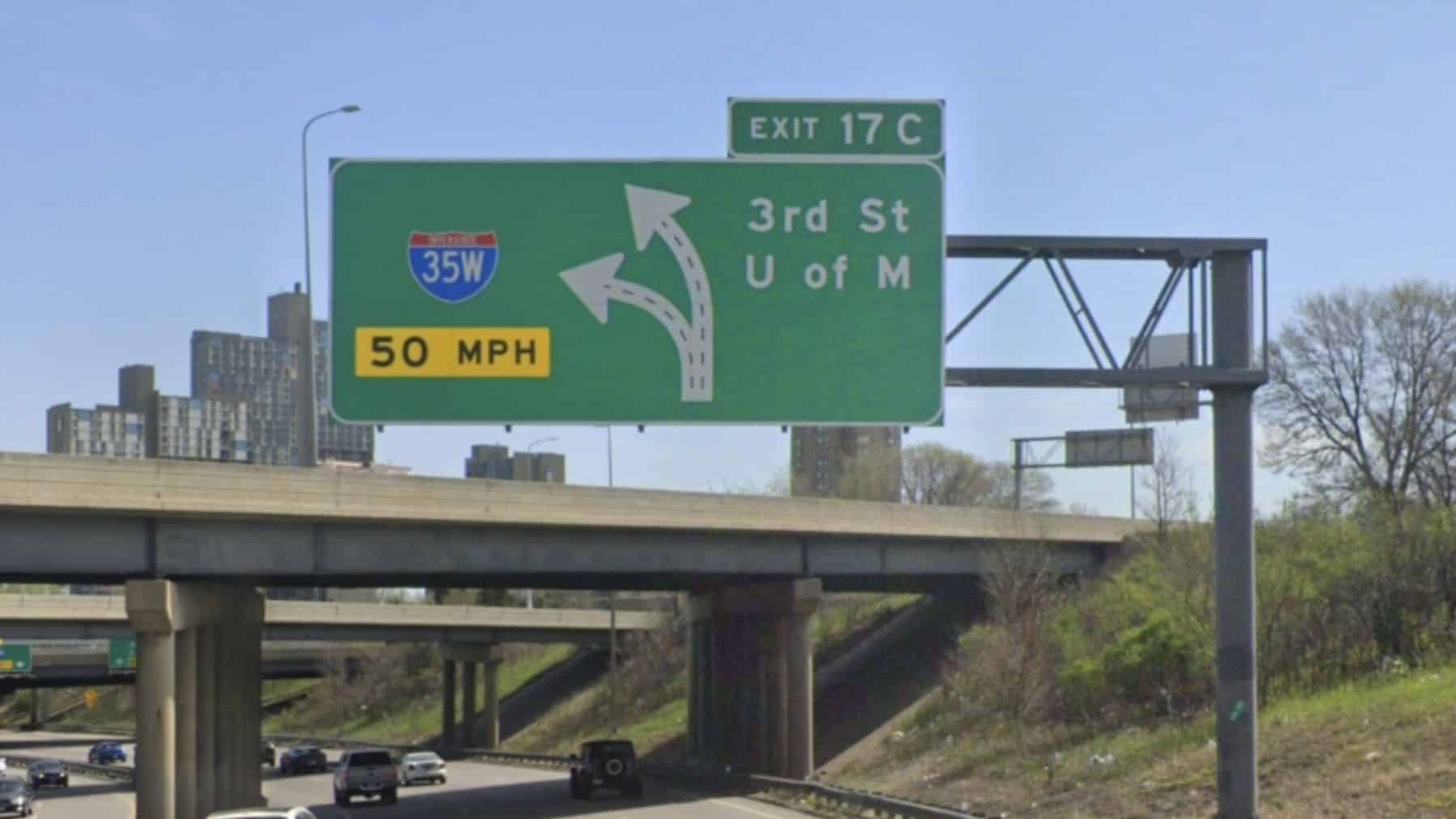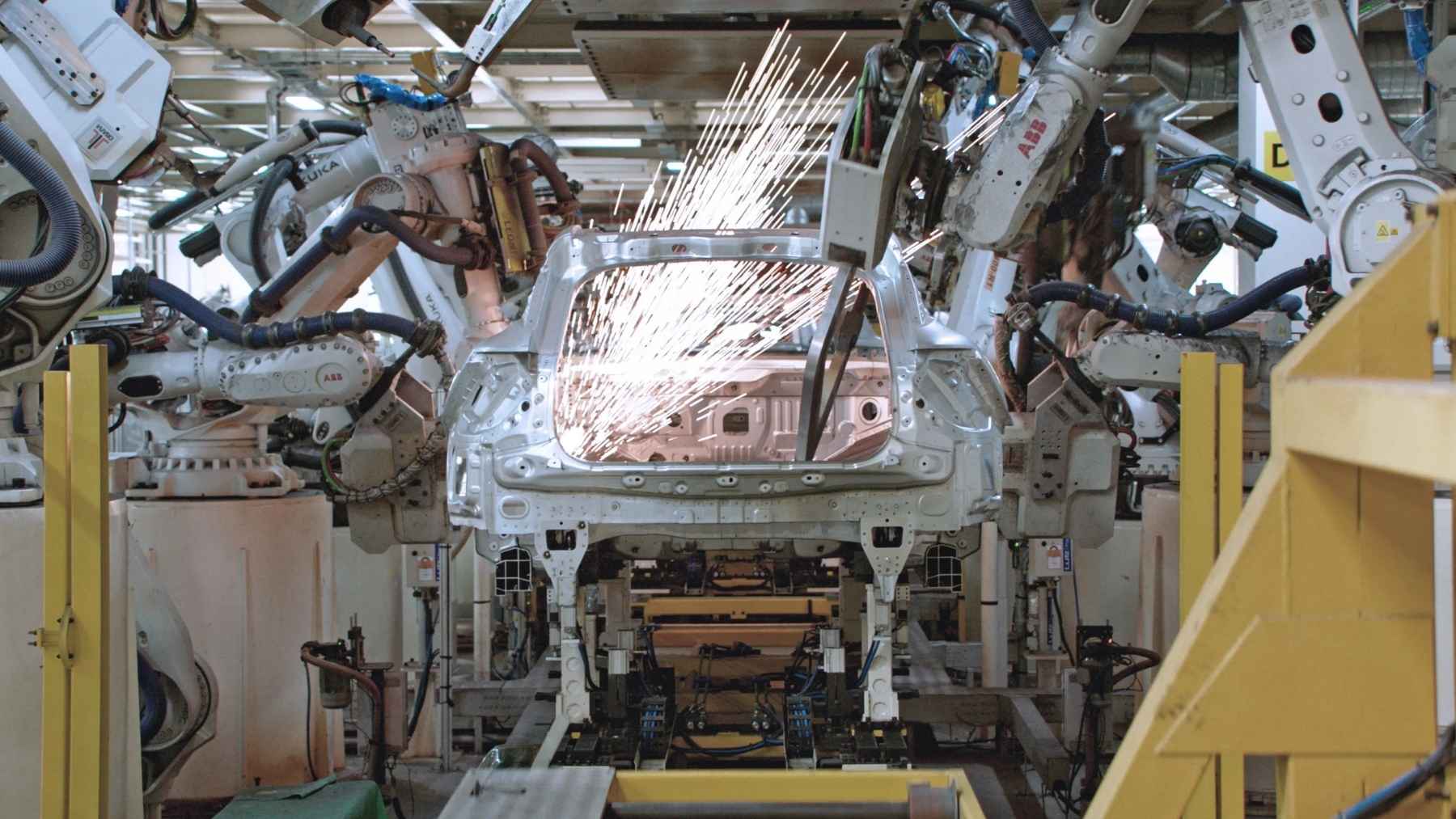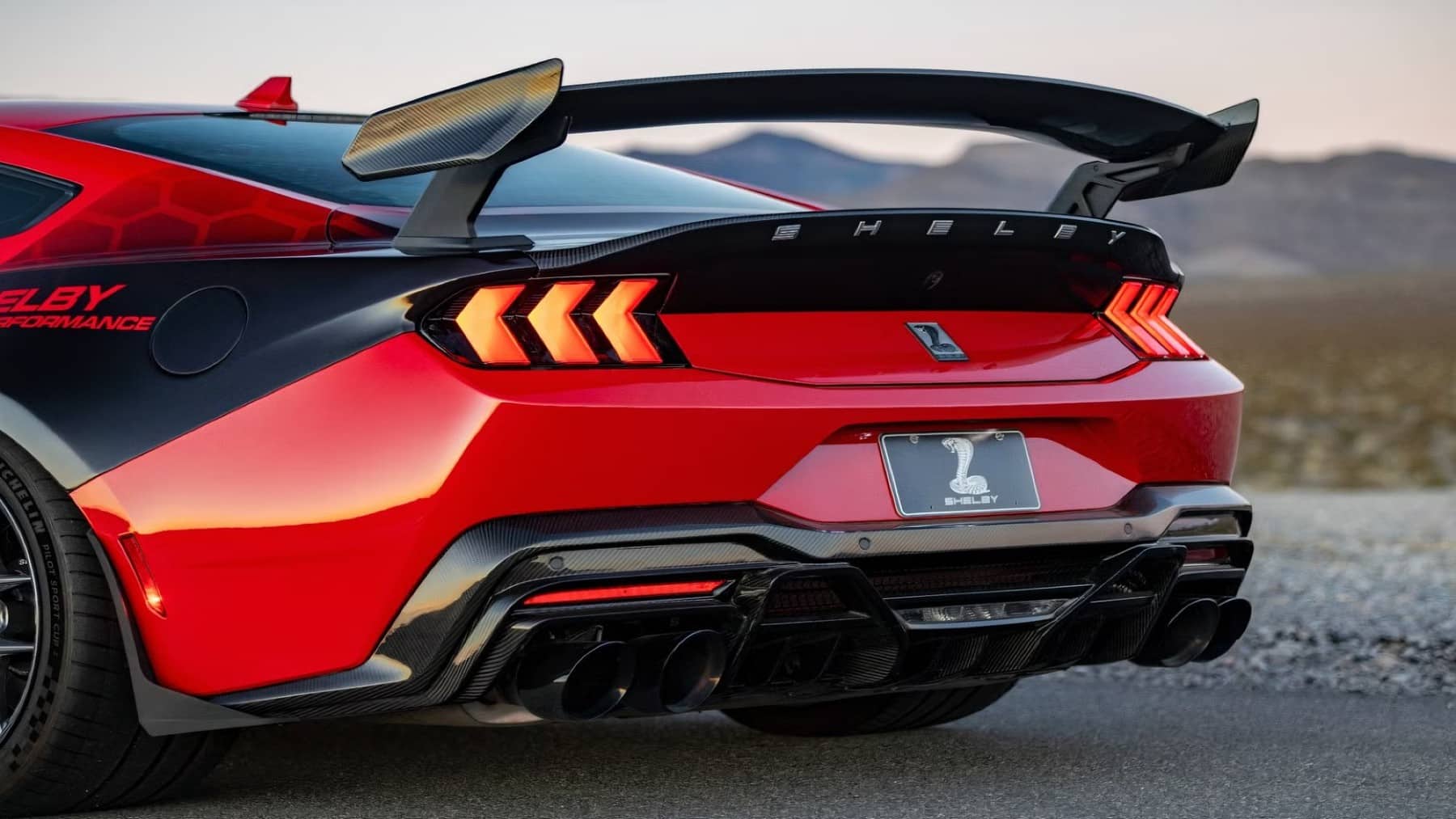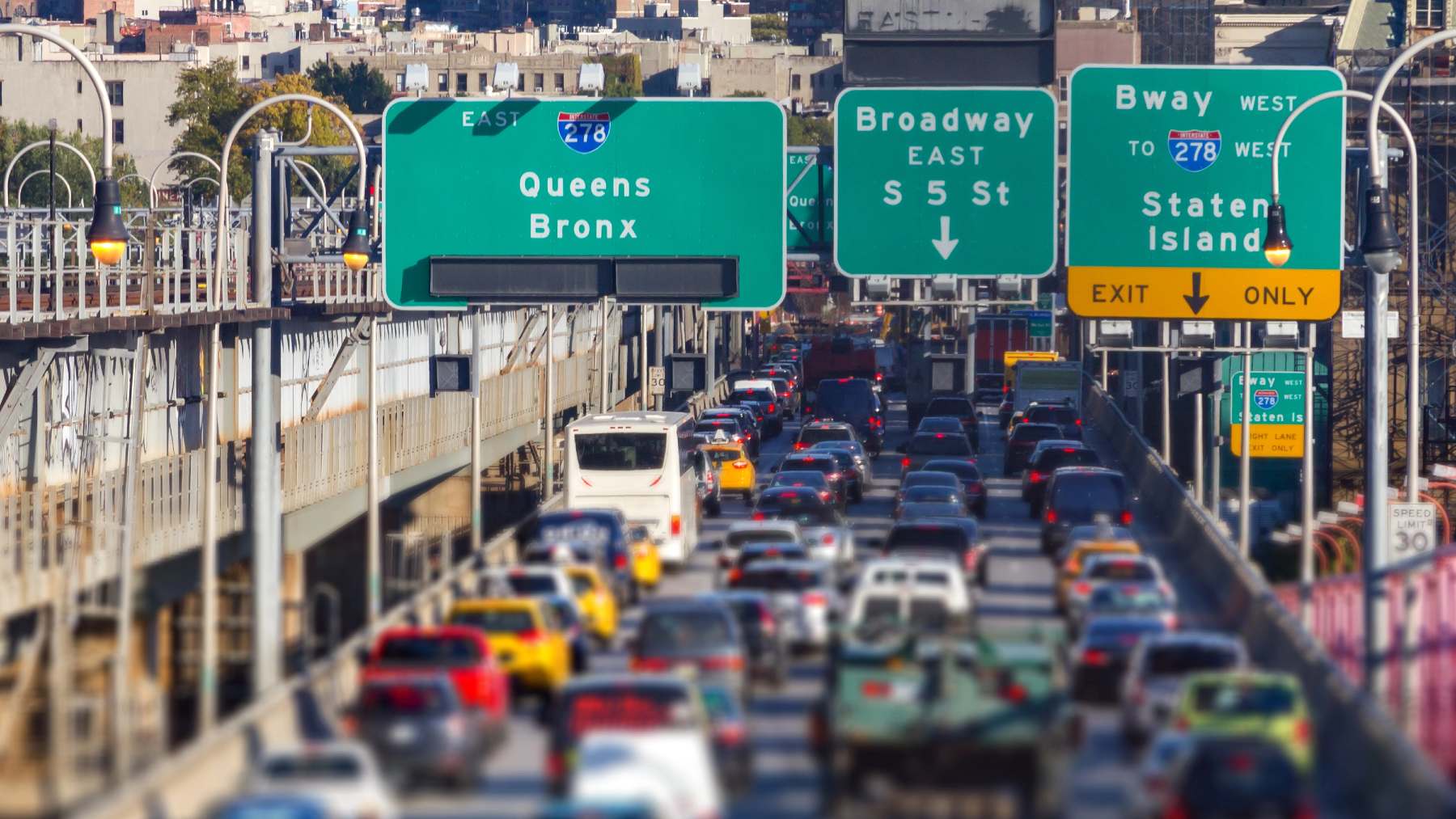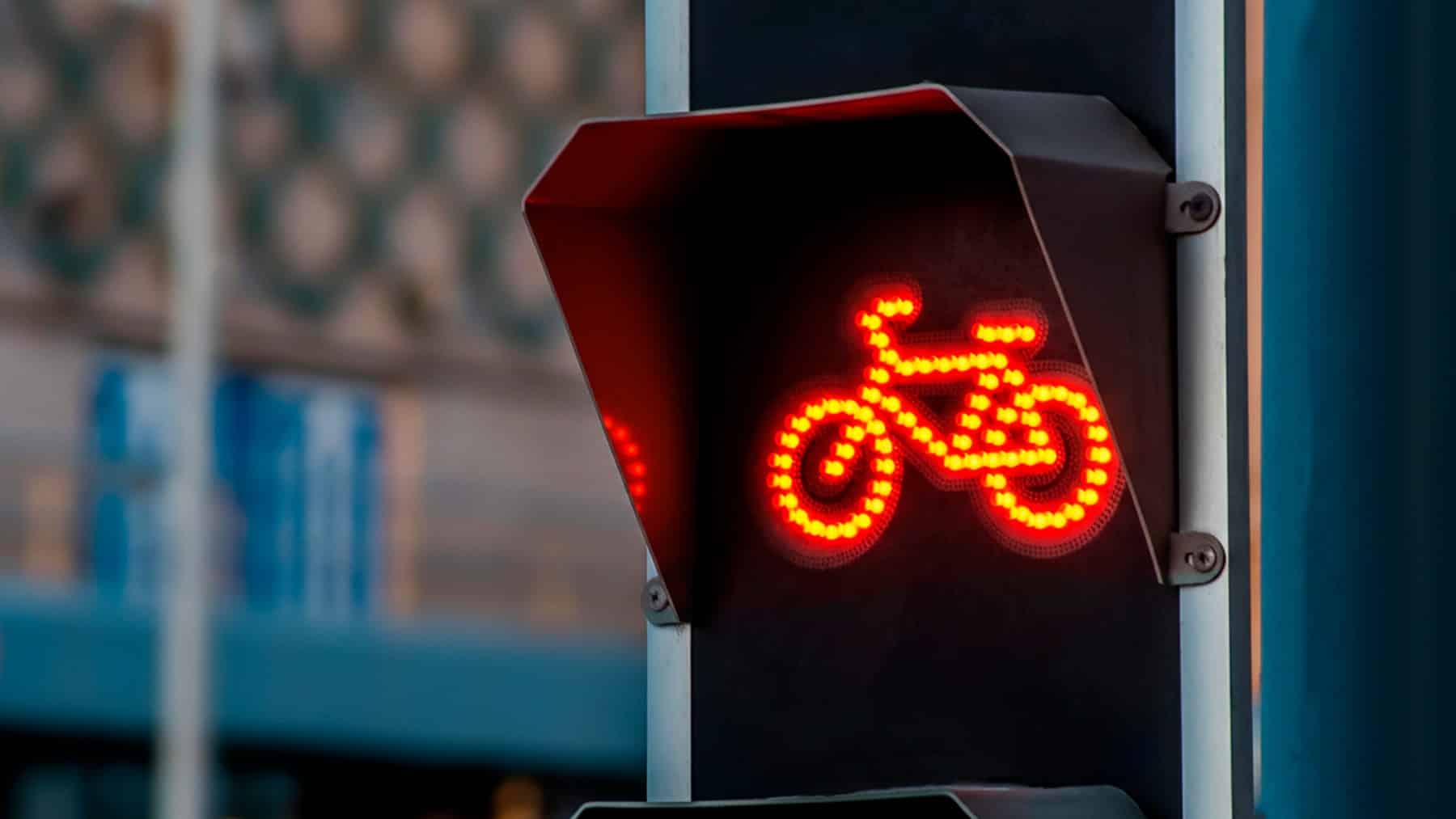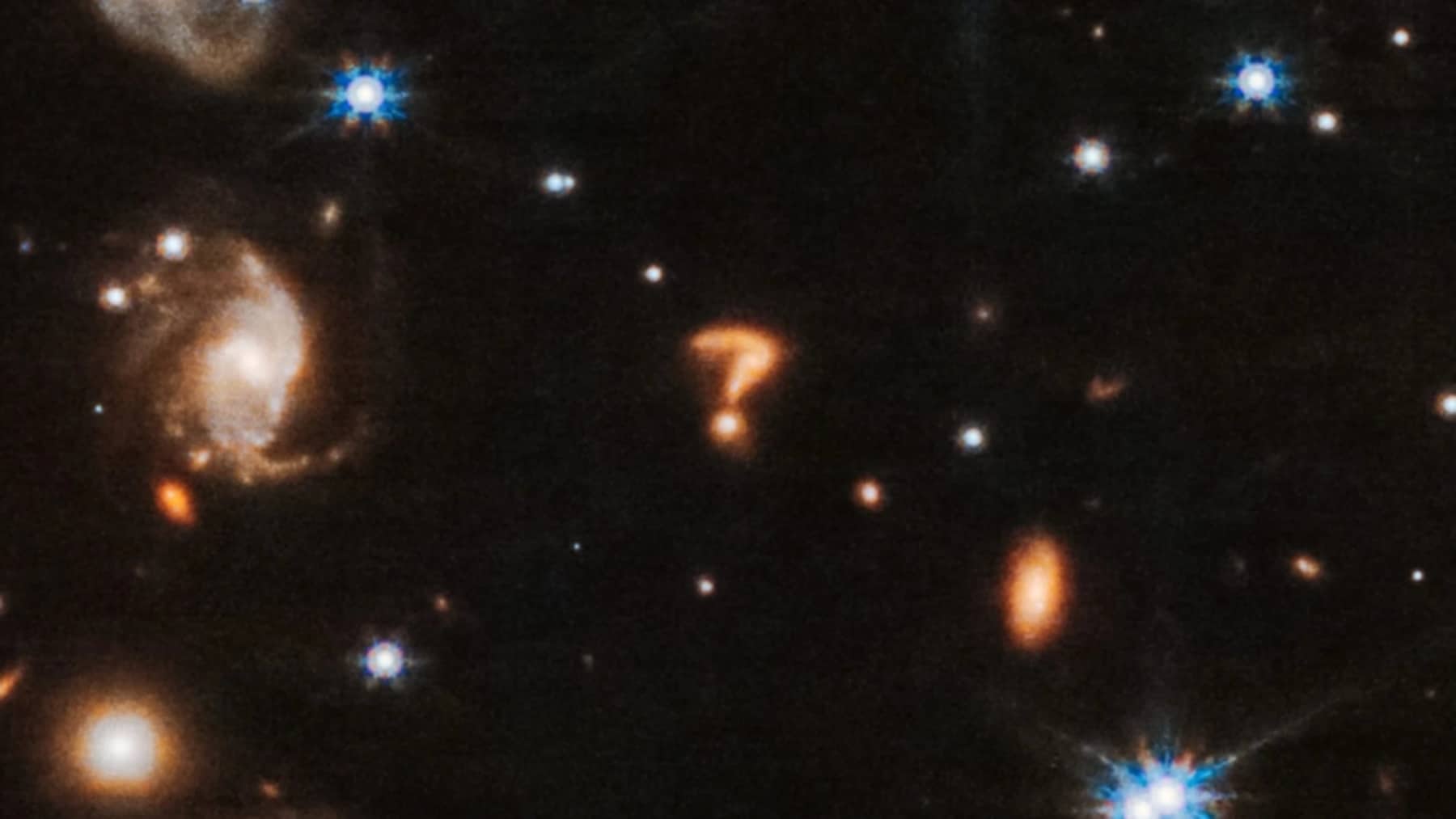Driving in the state of Minnesota this year could feel like a whole new experience. The state has decided to overhaul the highway signage, reshaping the way that drivers manage memorial highways and multi-lane exits. With the state’s visual clues having been around for a long time, this change is anything but subtle for Minnesota drivers who will have to find their new normal when driving on the highway. Such measures are aimed at bettering consistency across states and reducing confusion at high-speed junctions, thus improving safety. From the highway lanes’ makeover, a few noticeable things can be observed.
The highway makeover’s most striking feature
One of the stark shifts is that of freeway splits signage, where the archaic “pull-through” and “diagrammatic” signs are being replaced by a new style called “arrow per lane” signage. The more outdated signage used in Minnesota was that of downward arrows situated just before the split, using rather simplified diagrams to indicate where each lane would lead. As per the updated MUTCD standards, these methods are now shunned upon and discouraged.
The newer “arrow per lane” signage makes use of individual arrows closely aligned with each travel lane to indicate the direction that the lane takes, showing whether it continues straight or exits. These newer signs are being installed from about one-and-a-half miles before the split, and an optional third sign is located two miles ahead of the split if space allows for it.
The overall goal behind these signs is to improve clarity when it comes to multi-lane exits where one or more lanes peel away. Early decisions can be made due to those signs, and they can reduce last-minute lane changes that have been cited as a leading cause of highway accidents.
Phasing out of some traditional markers
County roads and freeway exit signs are further being refreshed so as to meet national guidelines. Minnesota’s hallmark, traditional white square markers, are now being replaced by blue pentagon shields. Even though blue pentagon shields are used throughout the country, many counties are still faced with the choice of sticking to their own road markers.
Minnesota is, however, not only changing the sign to a pentagon, but the MnDOT has applied for permission to continue using white numbers instead of traditional gold lettering. The newer design is said to feature larger white numbers with the full county name, making the state closer to full compliance.
One other road signage shift is the one that entails adding exit numbers to non-interstate freeways. This practice was initially not followed in Minnesota. The exit tabs that had once been centered above signs are now justified either to the right or left, depending on the direction of the exit, which improves navigational awareness.
Changes to memorial routes and hot lanes
A further change is that many of Minnesota’s memorial routes that had been marked with green signs are now blending in with standard highway markers. Brown signs with white text are used for memorial routes, too, to differentiate them from honorary designations. There are some exceptions, such as the Prince Memorial Highway, which is marked in purple, but the attempt is to achieve better visual clarity across the board.
High-occupancy toll (HOT) lanes no longer feature the diamond symbols that had them being called the “diamond lanes”. Electronic signs will be used to indicate who can use the lane at any given time, replacing the more dated static signs that listed rules as per the time of day. This change is part of massive road changes across the states, where states like Florida require drivers to have two license plates.
Reanalyzing road communication in Minnesota
Road communication is being reconsidered in Minnesota. The promise is that clearer guidance will be offered to road users, who will be met with fewer surprises on the road. The shift towards improved signage reminds citizens that the road ahead may look different, but signage nevertheless still remains most important for a smoother drive. New signs are far better than having your vehicles banned from driving on the road, like in New York.
